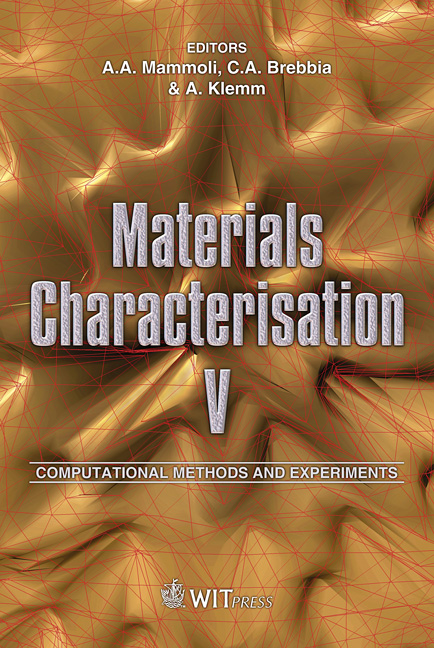Computational And Experimental Characterization Of Building Envelopes Based On Autoclaved Aerated Concrete
Price
Free (open access)
Transaction
Volume
72
Pages
11
Page Range
363 - 373
Published
2011
Size
672 kb
Paper DOI
10.2495/MC110321
Copyright
WIT Press
Author(s)
V. Kočí, J. Výborný & R. Černý
Abstract
Hygrothermal performances of three types of building envelopes based on autoclaved aerated concrete (AAC) provided with different thermal insulating materials (expanded polystyrene, hydrophilic mineral wool, AAC with extended thermal insulation capability) are compared. The simulations are accomplished using the computer code HEMOT based on the finite element method. Results of the simulation are the moisture and temperature fields across the building envelope, which in combination with mechanical parameters present a sufficient data source for service life analysis. Keywords: computational analysis, coupled heat and moisture transport, autoclaved aerated concrete, building envelopes, climatic conditions. 1 Introduction Autoclaved aerated concrete (AAC) is a structural material which is commonly used around Europe, particularly as it combines ease of construction with excellent combination of its mechanical and thermal properties. However, despite the very good thermal properties of AAC, it can be anticipated that with the increasing demand for energy savings it will become a necessity to provide it with thermal insulating system or at least very good thermal insulating plaster to meet stringent conditions given by future thermal standards. The choice of proper insulating material for AAC is though quite difficult with respect to service life of the whole building envelope. As it was demonstrated in [1–3], most common insulation materials cause extreme hygrothermal straining of
Keywords
computational analysis, coupled heat and moisture transport, autoclaved aerated concrete, building envelopes, climatic conditions





